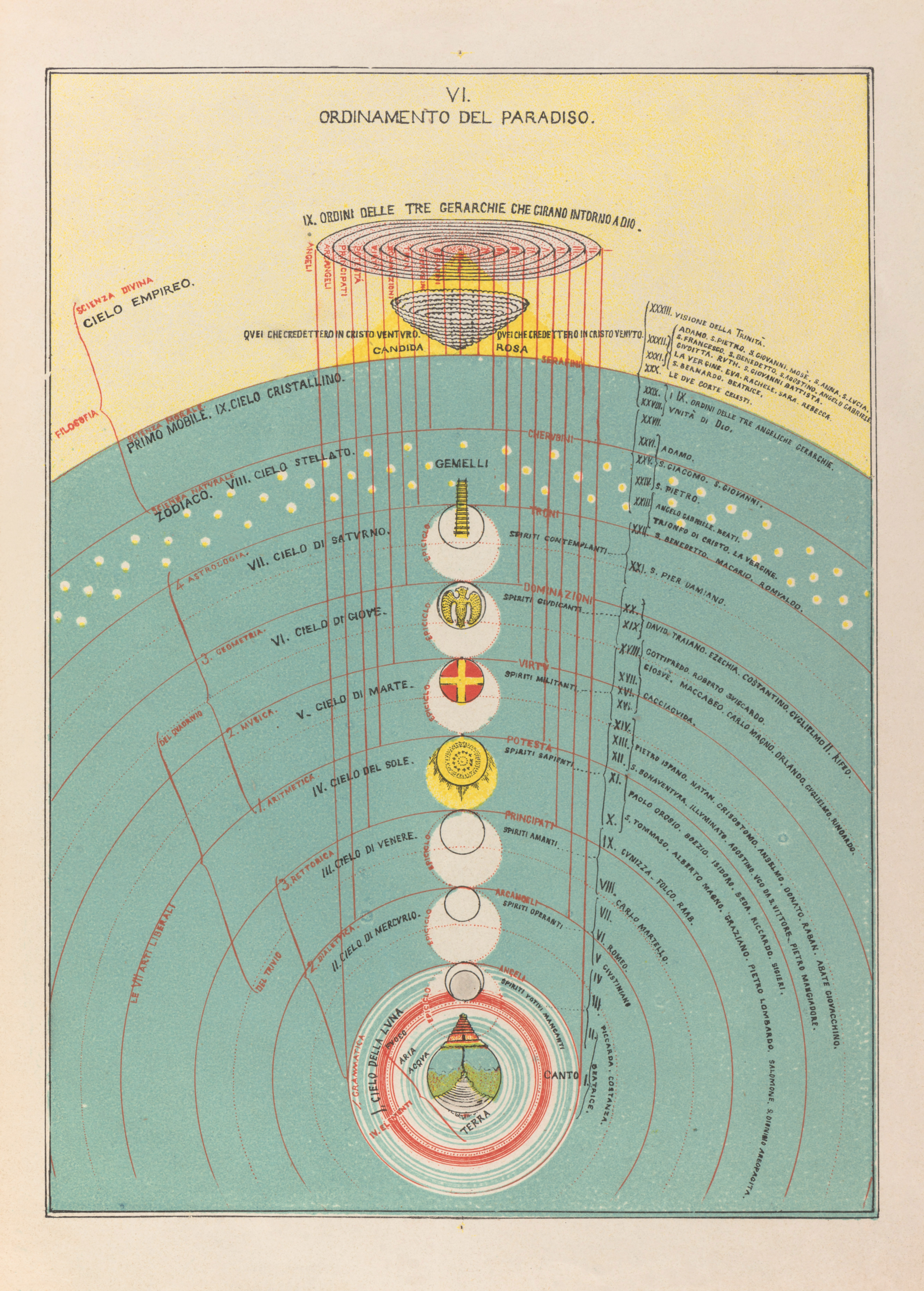Thunderstones in European Folklore
In Scandinavia thunderstones were frequently worshiped as family gods who kept off spells and witchcraft. Beer was poured over them as an offering, and they were sometimes anointed with butter. In Switzerland the owner of a thunderstone whirls it, on the end of a thong, three times around hi
A 12th century Bishop of Rennes asserted the value of thunderstones as a divinely appointed means of securing success in battle, safety on the sea, security against thunder, and immunity from unpleasant dreams
During the Middle Ages many of these well-wrought thunderstones were venerated as weapons, which during the “war in heaven” had been used in driving forth Satan and his hosts. Hence, in the 11th century the Byzantine emperor sent to the Holy Roman emperor a “heaven axe̶
Albanians believed the supreme powers of thunderstones were formed during lightning strikes
Albanians believed in the supreme powers of thunderstones (kokrra e rrufesë or guri i rejës), which were believed to be formed during lightning strikes and to fall from the sky. Thunderstones were preserved in family life as important cult objects. It was believed that bringing them inside
Humans have been interested in echinoid fossils (the fossilised remains of sea urchins) for millennia, considering them lucky and imbuing them with magical powers linked to their deities
A folk tradition in Denmark and southern England imagined sea urchin fossils to be thunderbolts, able to ward off harm by lightning or by witchcraft, as an apotropaic symbol. Another version supposed they were petrified eggs of snakes, able to protect against heart and liver disease, poisons, an
Kodoku: The Venomous Vortex of Ancient Curses
Here’s one that might make your skin crawl and your blood run cold! Welcome to the world of Kodoku, the sinister sorcery that turns creepy crawlies into catastrophic curses! Imagine, if you dare, a jar teeming with nature’s most venomous vermin – scorpions, centipedes, and snakes,
Gu: The Venomous Vortex of Ancient Chinese Sorcery
Here is another that may make your skin crawl and your blood run cold! Welcome to the world of Gu, the sinister sorcery that turns creepy crawlies into catastrophic curses! Picture, if you dare, a jar teeming with nature’s most venomous vermin – centipedes, snakes, and scorpions, oh my!
“Ye therefore, who seek in science a means to satisfy your passions, pause in this fatal way: you will find nothing but madness or death.”
This is the meaning of the vulgar tradition that the devil ends sooner or later by strangling sorcerers. Eliphas Levi, Transcendental Magic Also… “We have said that impassioned ecstasy may produce the same results as absolute superiority, and this is true as to the issue but not as to th
Seven heavens notes
In religious or mythological cosmology, the seven heavens refer to seven levels or divisions of the Heavens. The concept, also found in the ancient Mesopotamian religions, can be found in Judaism, Christianity, and Islam; a similar concept is also found in some other religions such as Hind
Tiresias was a blind prophet who was transformed into a woman for seven years
In Greek mythology, Tiresias was a blind prophet of Apollo in Thebes, famous for clairvoyance and for being transformed into a woman for seven years. He was the son of the shepherd Everes and the nymph Chariclo. Tiresias part
Saints Cyrus and John, Wonderworking Unmercenaries
Saints Cyrus and John (Italian: Ciro e Giovanni; Arabic: أباكير ويوحنا, romanized: Abākīr wa-Yūḥannā; died c. 304 or 311 AD) are venerated as martyrs. They are especially venerated by the Coptic Church and surnamed Wonde
Toadstone aka bufonite
The toadstone, also known as bufonite (from Latin bufo, “toad”), is a mythical stone or gem that was thought to be found in the head of a toad. It was supposed to be an antidote to poison and in this it is like batrachite, supposedly formed in the heads of frogs. Toadstones we
Bezoar
A bezoar is a mass often found trapped in the gastrointestinal system, though it can occur in other locations. A pseudobezoar is an indigestible object introduced intentionally into the digestive system. There are several varieties of bezoar, some of which have inorganic constituents and ot











